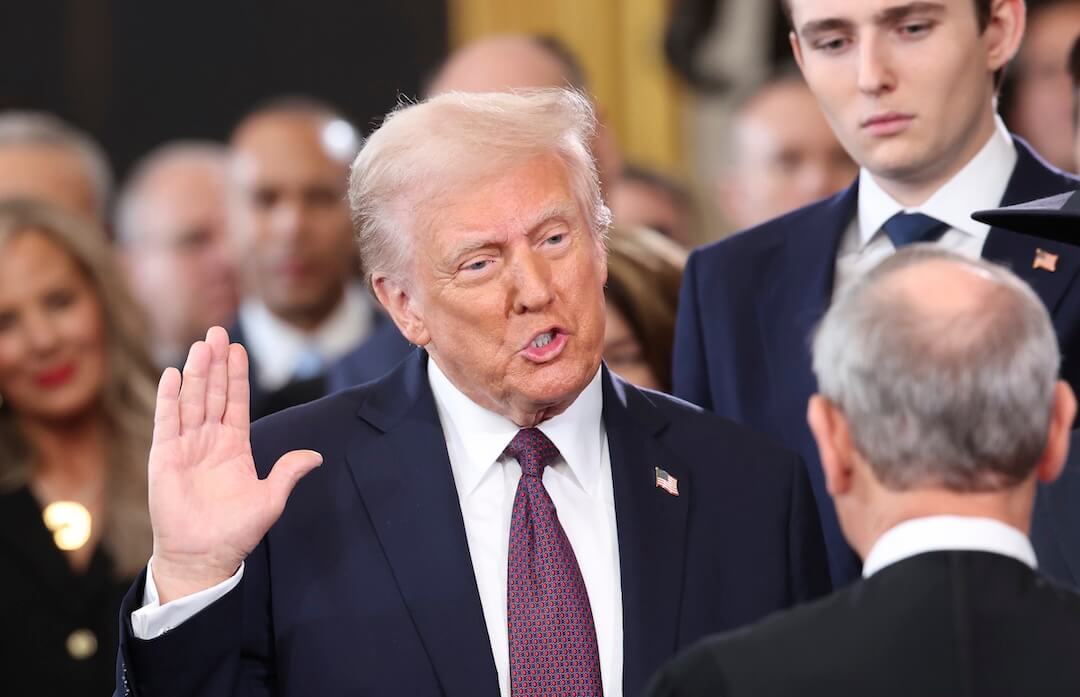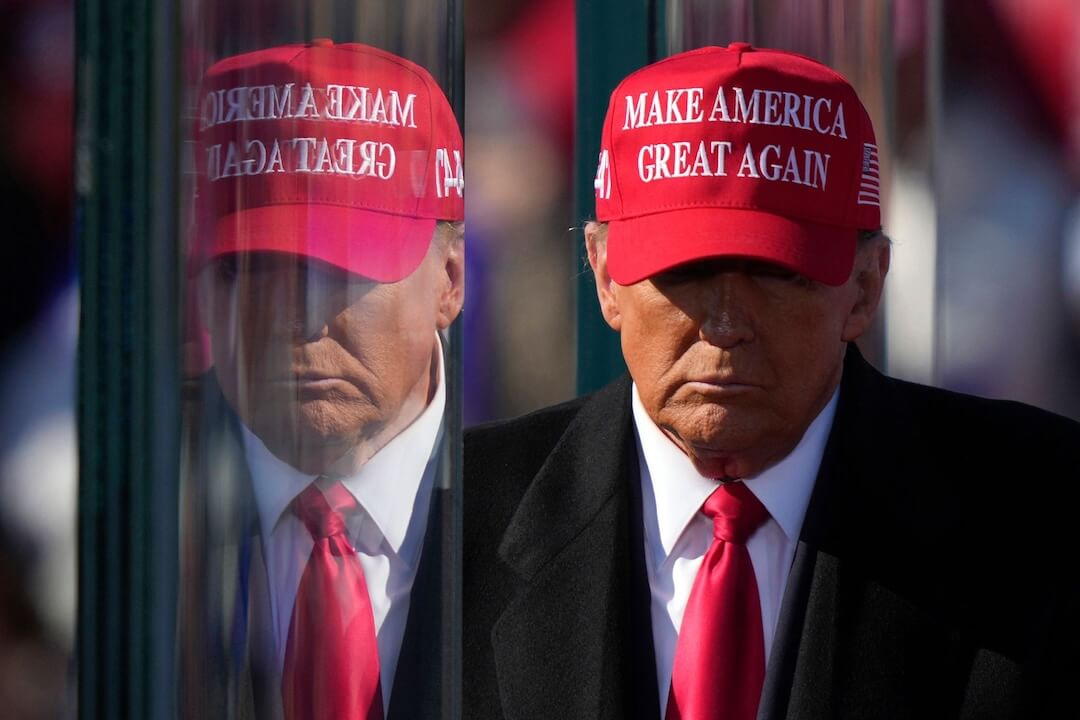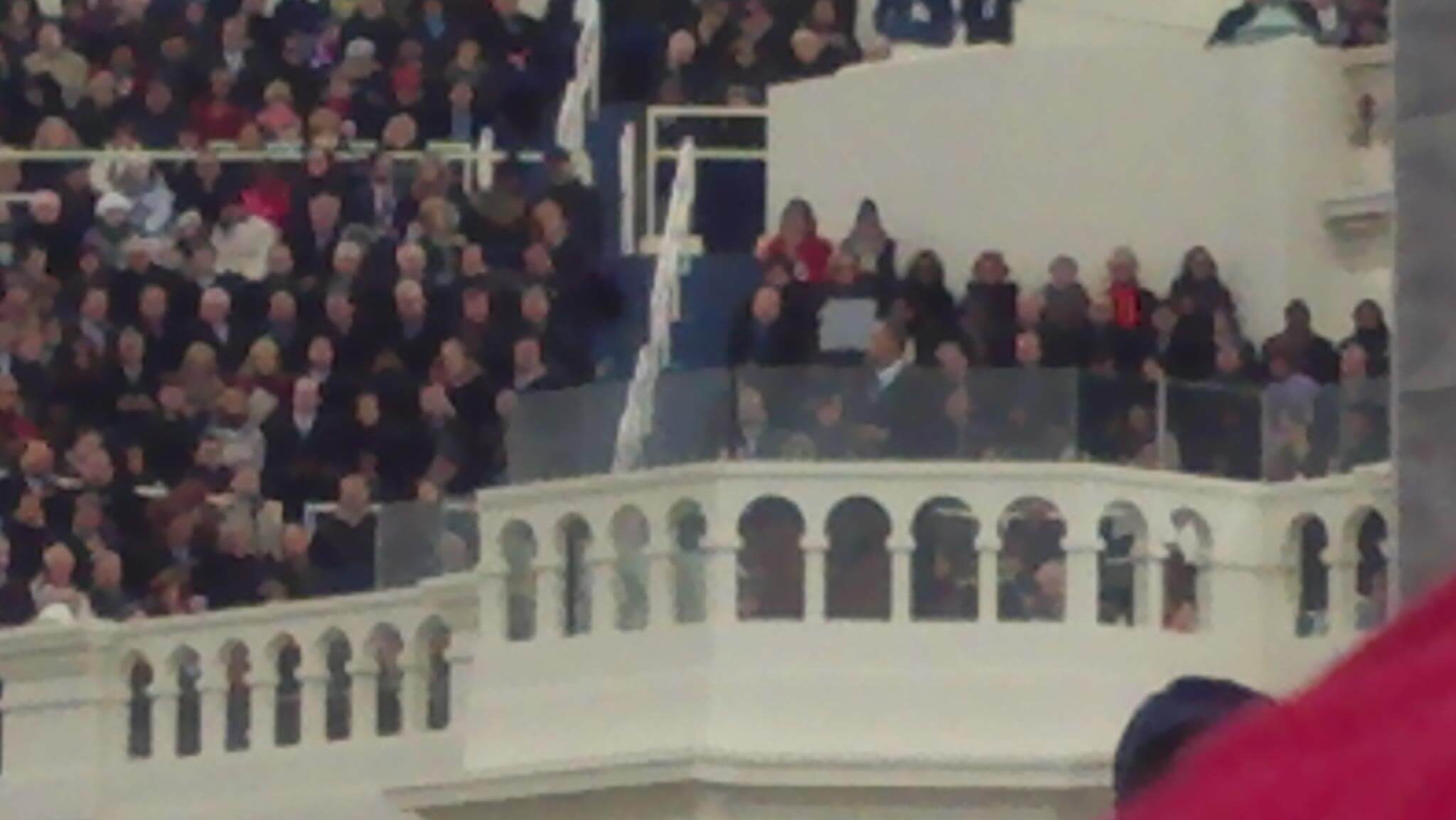In the last year, The New York Times has experimented with different ways to respond to high-stakes criticism of its reporting.
When Amazon.com took the fight to The New York Times on Medium in October for a report that exposed the company’s grueling pace, the paper responded in kind. And this afternoon, when the NFL published a critique of a Times investigation that tied the football league’s methods to those of big tobacco, the paper issued a rebuttal of its own on Twitter:
Follow @NYTSports as it addresses the NFL’s response to our article on the league’s concussion research https://t.co/HMXeMgHnyw
— The New York Times (@nytimes) March 24, 2016
(1/8) Our next few tweets will address the @NFL's statement about the article (https://t.co/UFbmeA5mPg) we published Thursday morning …
— NYT Sports (@NYTSports) March 24, 2016
(2/8) "The Times claims that the concussion studies … purposely relied on faulty …" Our article did not claim that.
— NYT Sports (@NYTSports) March 24, 2016
(3/8) "Studies never claimed to be based on every concussion that was reported …" Studies and peer review statements did claim that.
— NYT Sports (@NYTSports) March 24, 2016
(4/8) "Story claims the league relied on legal advice from Lorillard and Tobacco Institute." Our article did not claim that.
— NYT Sports (@NYTSports) March 24, 2016
(5/8) "League has never participated in any joint lobbying efforts with Tobacco Institute." Our article did not claim that.
— NYT Sports (@NYTSports) March 24, 2016
(6/8) NFL says participation in study wasn't mandated. At least one of the papers said it was, in fact, mandated. https://t.co/UFbmeA5mPg
— NYT Sports (@NYTSports) March 24, 2016
(7/8) "Times insinuates NFL hired Mitchell … because of experience in tobacco litigation." Article did not say how or why she was hired.
— NYT Sports (@NYTSports) March 24, 2016
(8/8) NFL studies never mentioned that some teams didn't participate. Yet their numbers were included, producing lower concussion rates.
— NYT Sports (@NYTSports) March 24, 2016
There’s a kind of symmetry to the rebuttals. Medium, which has grown into a water cooler for media and tech types, was the ideal venue for Amazon to respond to The Times — and for The Times to fire back. Likewise, Twitter, which is a second-screen hub for much of the chatter around sporting events, is a natural place for The Times to answer the NFL’s accusations.
The message seems to be: For maximum effect, respond to your critics where most of the relevant audience is.






